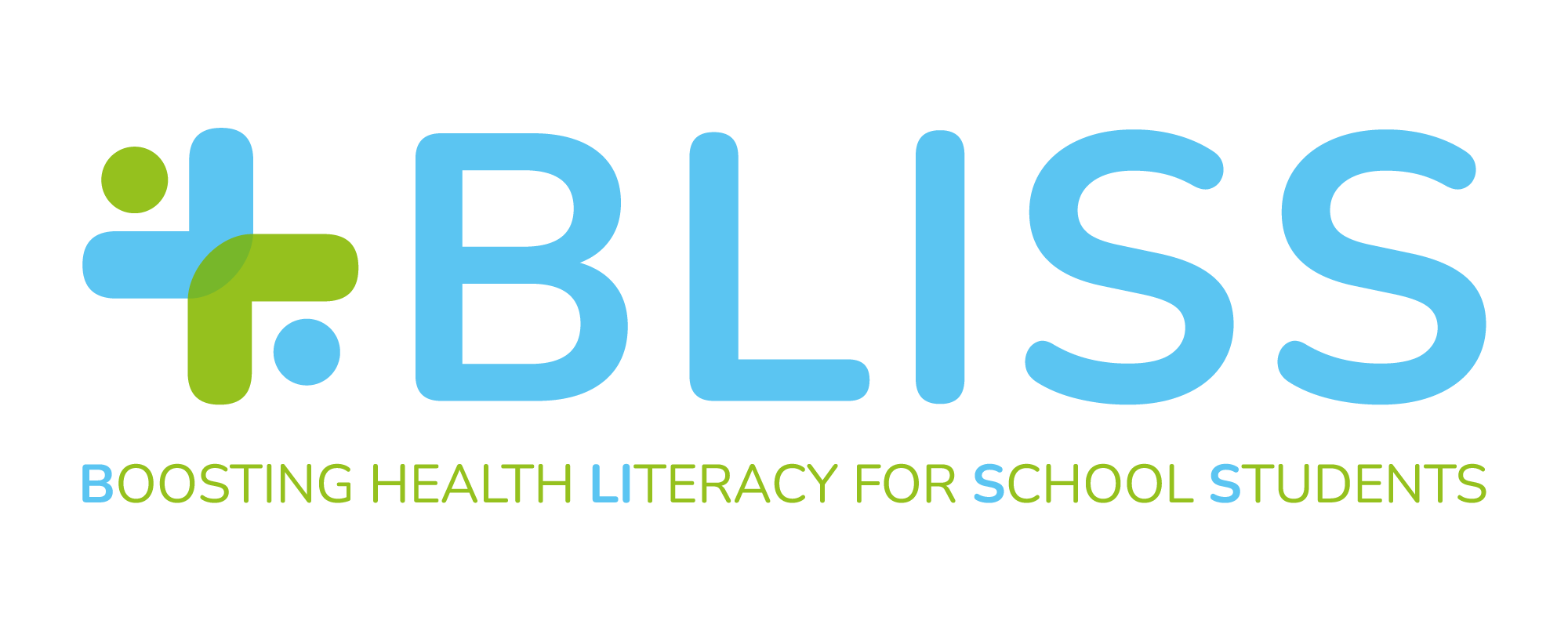4. To be aware of the main health literacy needs among school-aged children and adolescents at national and European level, with a focus on digital health challenges.
Description
- Health literacy in the context of health, well-being and learning outcomes – the case of children and adolescents in schools
- Health Literacy. Health Literacy of children and adolescents in school settings (ISHN)
- Health Literacy Levels among Italian Students: Monitoring and Promotion at School
- Investing in health literacy: what do we know about the co-benefits to the education sector of actions targeted at children and young people?
- Cell Phone addiction (video)
- Cell phonne dopamine and development (video)
- Mental health at school - SHE (video)
1. Health literacy in the context of health, well-being and learning outcomes – the case of children and adolescents in schools
1. This paper explains the concept of health literacy and applies it to the context of children and health-promoting schools and shows the relevance of health literacy to emerging challenges such as equity, gender and climate change and the importance of the role of teachers in advancing health literacy.
2. Health Literacy. Health Literacy of children and adolescents in school settings (ISHN)
2. This paper explains the concept of health literacy and applies it to the context of children and health-promoting schools and shows the relevance of health literacy to emerging challenges such as equity, gender and climate change and the importance of the role of teachers in advancing health literacy.
3. Health Literacy Levels among Italian Students: Monitoring and Promotion at School
3. Health literacy has been identified as an important determinant of health, particularly for adolescents. The paper is a study aimed at assessing the validity and reliability of the Italian version of the Health Literacy for School-Aged Children (HLSAC-I); identifying the levels of health literacy among Italian students and comparing them with those of other countries; identifying associations between health literacy and multiple social determinants (social stratifiers, family and school connection).
4. Investing in health literacy: what do we know about the co-benefits to the education sector of actions targeted at children and young people?
4. Nearly half the European population are thought to have difficulties identifying, understanding and using health information. This has real and negative health consequences. Tackling and improving health literacy is a route to improving the population’s health. Health literacy skills are best developed early in life, which makes the education sector, rather than the health sector, an important player, but it is not always easy to secure investment across sectors or to persuade the education sector to engage. There is however sound evidence that investing in health literacy in schools helps with outcomes beyond health. Some of the co-benefits identified include the possibility of better educational outcomes in school which in turn enhance career opportunities and increase the potential economic benefits for children when they reach adulthood. These co-benefits also contribute to better physical and emotional health. What is more, these effects can be passed down to future generations. This brief synthesizes what we know about the co-benefits for the education sector of health literacy programmes, and outlines the evidence on how to secure such co-benefits. It is hoped that setting out the evidence on effectiveness and co-benefits to other sectors more clearly will increase the potential for support from outside the health sector and facilitate the implementation of health literacy programmes.
5. Cell Phone addiction (video)
Short explanatory video, which can also be used as teaching material
6. Cell phone dopamine and development (video)
Short explanatory video, which can also be used as teaching material
7. Mental health at school - SHE (video)
Short explanatory video, which can also be used as teaching material

